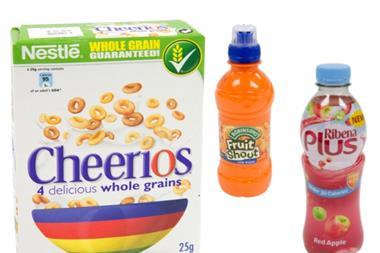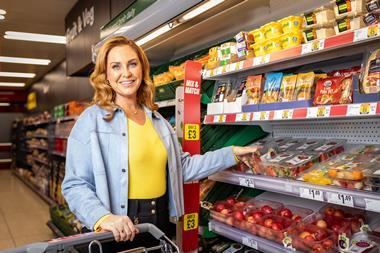It has been encouraging to see the spotlight back on children’s food in the past couple of weeks. The School Food Plan was published, following the review of school food by Henry Dimbleby and John Vincent, and the issue of food promotions to children is on the agenda again.
The School Food Plan highlights good progress to improve the quality of food in schools - but it also shows some are lagging. With take-up of school food at just 43%, there is more to be done. The report stresses how food in schools has to be seen as a greater priority and recommends free school meals are extended to all primary schools, starting with the most deprived areas.
Which? was part of the School Meals Review Panel and was concerned the standards did not apply to academies. The review recommends that standards apply across all schools, which is positive, but it remains to be seen if going back to food-based standards, rather than the nutrient-based one, is the best approach in the long term.
“So far, there has been little sign of the industry rising to the challenge”
This review should, however, be a wake-up call that changes how we see children’s food. Whether it’s the children’s restaurant menu, the foods promoted as ideal for lunchboxes or the products on sale in supermarkets carrying cartoon characters - for too long the types of foods targeted at children have been fatty, sugary and salty. Until this is tackled, it’s going to be a struggle encouraging children to choose healthy school food.
It is positive that the government has said it will put cooking skills back in the national curriculum. But it also needs to seize the opportunity to tackle the way foods are marketed to children. The issue is now on the agenda of the Responsibility Deal, but there is little sign of progress.
The Scottish government has announced it will work with the British Standards Institute to develop a standard on food marketing and has also called for retailers to adopt responsible in-store promotions, including removing sweets at checkouts, improving children’s menus and ensuring more responsible promotion of lunch options for kids.
So far, there has been little sign of the food industry rising to the challenge. When Which? reviewed practices in December, we found few retailers had policies to cover the balance of their in-store promotions and food manufacturer policies still allowed foods high in fat, sugar and salt to be marketed to children in a variety of ways.
While TV advertising restrictions are in place and the advertising codes in theory cover food marketing to children, many gaps remain. The government needs to take the initiative and ensure there is a responsible approach across the board.
Sue Davies is chief policy adviser at Which?















No comments yet